China celebrates every 23rd May as an anniversary of the so-called “Peaceful Liberation of Tibet” by imposing the Tibetans to perform cultural show competitions, praising the Chinese leaders and its policy strategically for political propaganda in international communities, claiming what China always lies to the world in one tune—brings social and economic development in Tibet. It is, in fact, forcefully occupation of Tibet rather than a peaceful liberation, which Tibetans consider the “Dark Day” in Tibetan the first ever history and this year, it completes 70 years of its brutal suppression of Tibet.
China claims the Tibetan Government in Lhasa was the local government, and Tibet is the integrity part of China since “antiquity”, “since the 7th century”, “since Yuan Dynasty”, baselessly insisting on inheriting legacy from Mongol Yuan Dynasty, misinterpreting the Cho-yon (priest-patron) relationship of Tibet and Manchu so forth for getting international legitimacy. While deliberating these erroneous claims, the flashy questions to ask here: is there any political behaviouralism that enters an agreement between the State and Central Government like what the 17-Point Agreement meant in the past and present context? It is arguably not possible in every political system of then and now.
The 17-Point Agreement was supposedly conclusion drawn from the above baseless historical matters. China’s claim of Tibet based on “antiquity” virtually no different from fairy tall for children, void of fact and figure. And “Since the 7th-century”, China rationalises the Tibetan King Songtsen Gampo married to the Chinese princess, which is logically and realistically wrong. The late Nagpo Ngawang Jigme1 rejected the two views in his 1989 speech, arguing that “antiquity” doesn’t hold any timeline, and regarding the second view, if China claims so based on marriage, then Tibet should be part of Nepal instead of China in this case as Songtsen Gampo first consorted with Nepali princess.
The Yuan Dynasty was a Mongol Empire Rule in China by invading the country, and China blindly contends it was China’s dynasty. If so, the British Empire colonised many African and Asian countries in 19th century and do they have the valid right to claim each other to subjugate.? Moreover, many researches, even Chinese renowned scholars find that Tibet was never part of China since antiquity and Mongol Empire or the Yuan Dynasty didn’t rule Tibet directly except spread influences.
According to Andrew G. Dulaney and Dennis M. Cusack (International Committee of Lawyers for Tibet) and Dr Michael van Walt van Praag (Unrepresented Nations and Peoples Organization) find that [(“Tibet did not become part of China during the Mongol Yuan Dynasty”) and “The Mongols were and are a race distinct from the Chinese; and their empire was a Mongol empire, not a Chinese empire”.]2
Due to no substantial historical evidence and proof for claiming “Tibet is an integral part of China”, China has to shift from one stance to another, which resulted in such contradicted historical timelines and irrationalities, for which the CTA rightly points “shifting goal post’3 while clarifying historical facts misrepresented in China’s White Paper on Tibet.
Analysing the ground scenario of the actual signing of the 17-Point Agreement, it underwent fully under duress to the Tibetan delegations. China even forged the official seal of Tibet. Can such an unfavourable environment or stage for supposedly signing an agreement be validated where there was no mutual acceptance but the imposition of threat?
China insistingly said they came to help rather than rule Tibet. They came for “Peaceful Liberation of Tibet”, “drive out imperialists aggressive forces from Tibet”, which enshrined in the agreement Point # 1 of the agreement. Tibetans didn’t know as such imperialist forces have not existed in Tibet then.
Goldstein, C.M(2007)4 notes regarding the agreement, ” Tibet grudgingly accepted Chinese sovereignty for the first time in its history, and Chinese Communist troops and officials quickly entered Lhasa”.
Nevertheless, the HH the Dalai Lama optimistically had been attempting to coexist with China by building diplomacy between two governments. He visited China in 1954 and met Chinese leaders, including paramount Mao. But China ruined all his efforts and did not comply the agreement, instead, finally conspired to assassinate Dalai Lama which erupted the 10th March 1959 national uprising in Tibet forced the Dalai Lama to left Tibet and took refuge in India.
The Dalai Lama appealed to the United Nations in 1950 to intervene, but the UN deferred facilely on the pretext of the unclear status of Tibet. What did China have sufficient then? That gave China confidence to continue its aggressive invasion.
Prof. Yeshi Choedon5 finds that the 17-Point Agreement was shrewdly designed to cover up China’s invasion and military occupation of Tibet.
The history and contemporary research findings indubitably indicate Tibet’s de-jure status. As stated above, there was/is no such a central government entering an agreement with the local government in the past and present context political system like what the 17-Point Agreement is, which paradoxically hold historically significant depicting Tibet’s independence.
——————————————
1Department of Information and International Relations, CTA [DIIR (2015)]. Tibet was not Part of China but Middle Way Remains a Viable Solution. DIIR. The late Ngapo Ngawang Jigme was the Vice Chairman of the Standing Committee of the National People’s Congress and the Chinese Parliament. the head of the Tibetan delegation signing the 17-Point Agreement under duress in China.
2Dulaney, A. G, Cusack, D.M and Praag, M.V.W (2000). The Case Concerning Tibet’s Sovereignty and The Tibetan People’s Right to Self-Determination. Tibetan Parliamentary and Policy Research Centre.
3DIIR (2015). Tibet was not Part of China but Middle Way Remains a Viable Solution. DIIR.p19
4Goldstein, M.C (2007). A History of Tibet, Volume2: The Calm before the Storm, 1951-1955. University of California. see in preface section.
5See para 6. URL. https://www.tibetanreview.net/the-tibet-issue-at-the-united-nations/

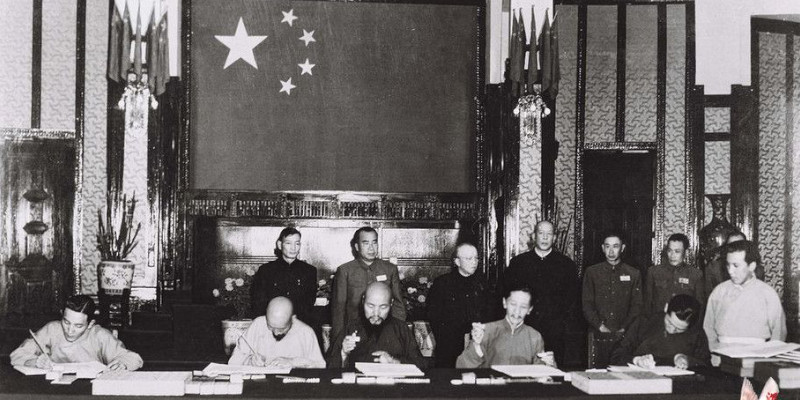
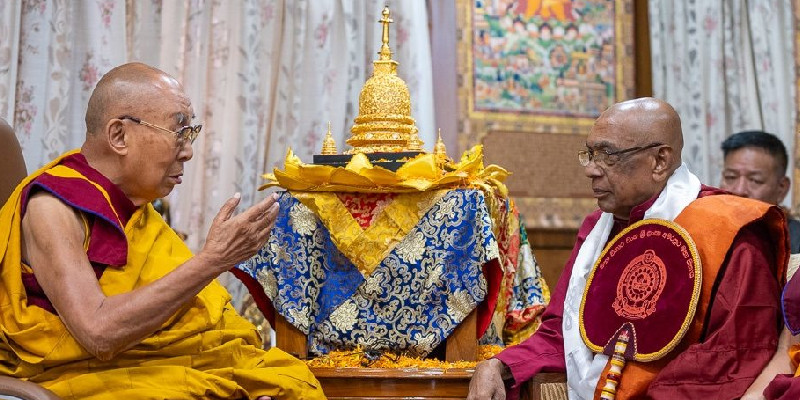
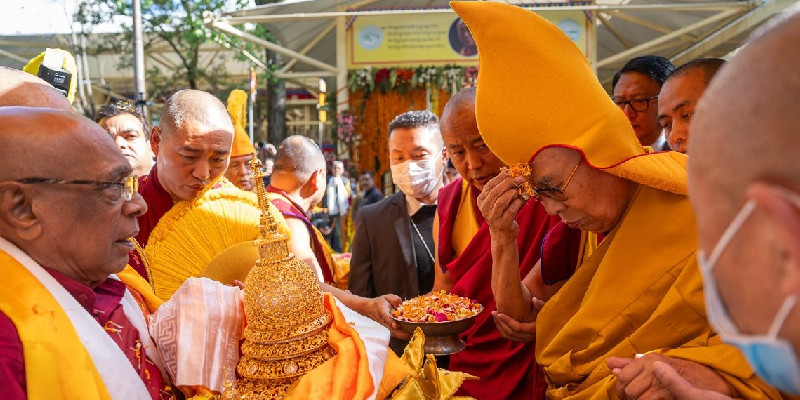
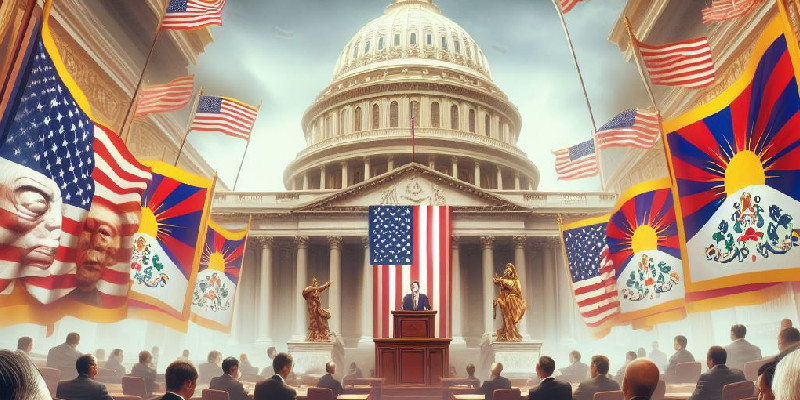

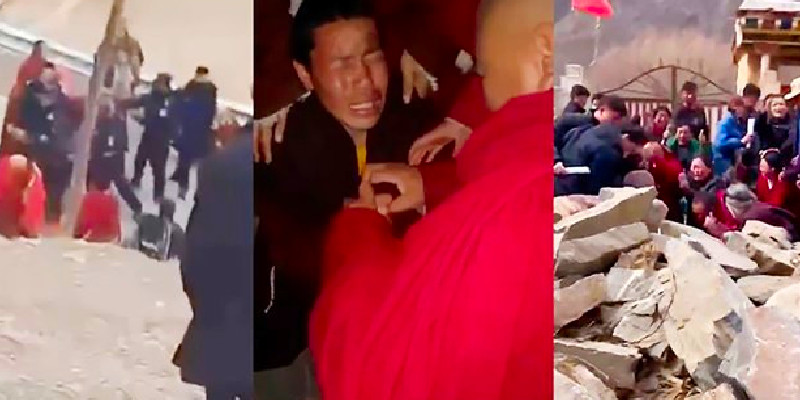
Leave a Reply